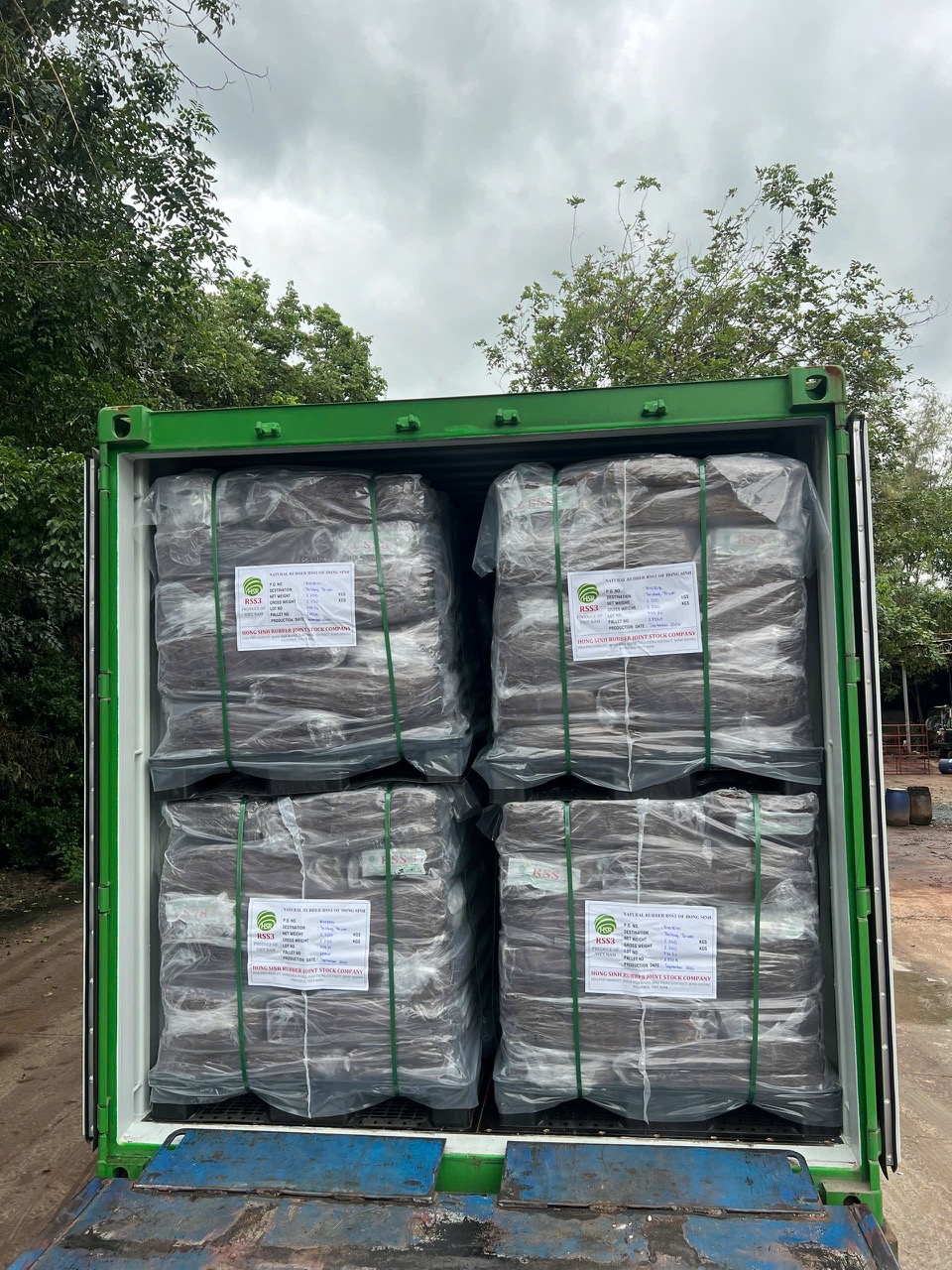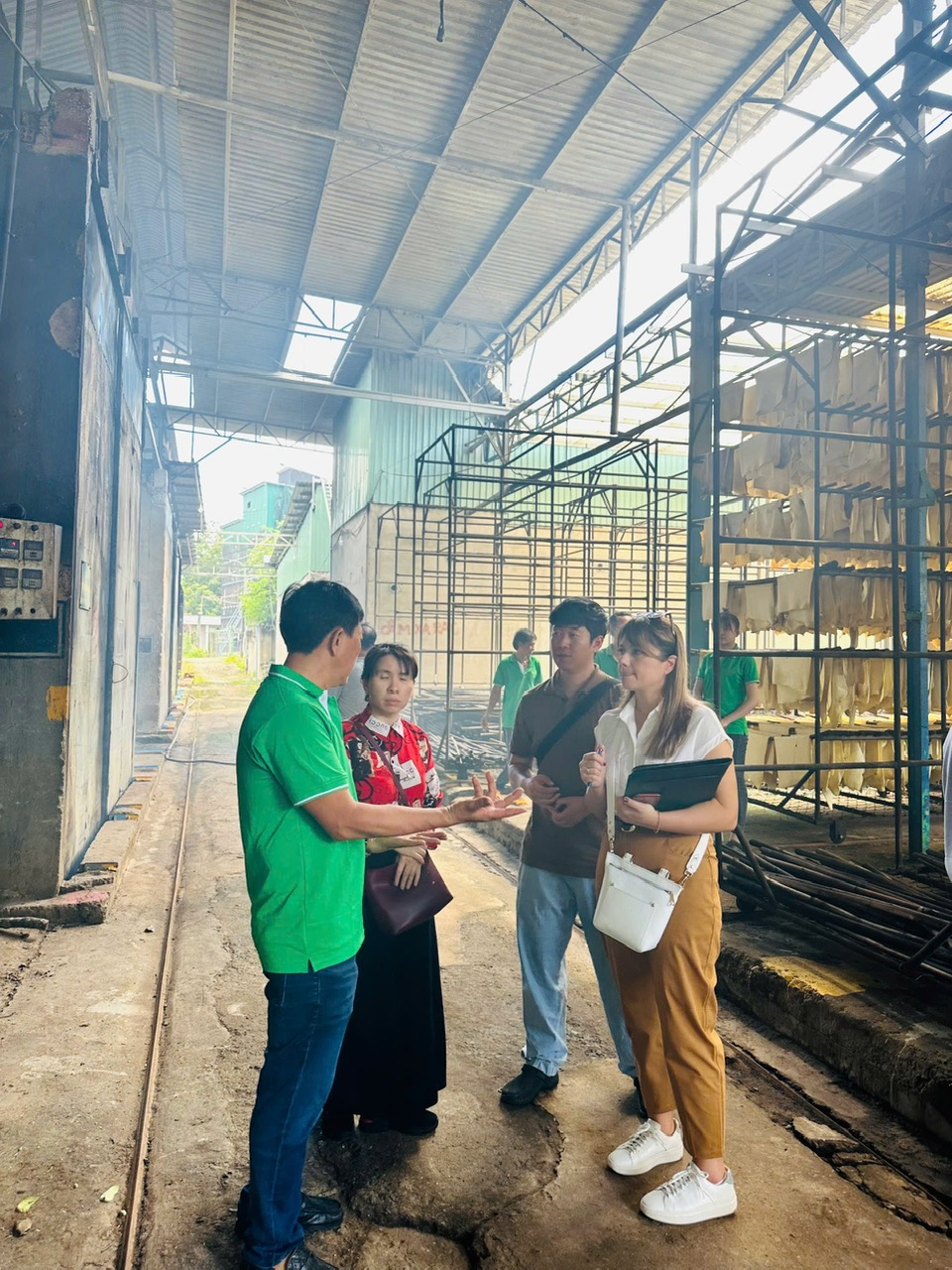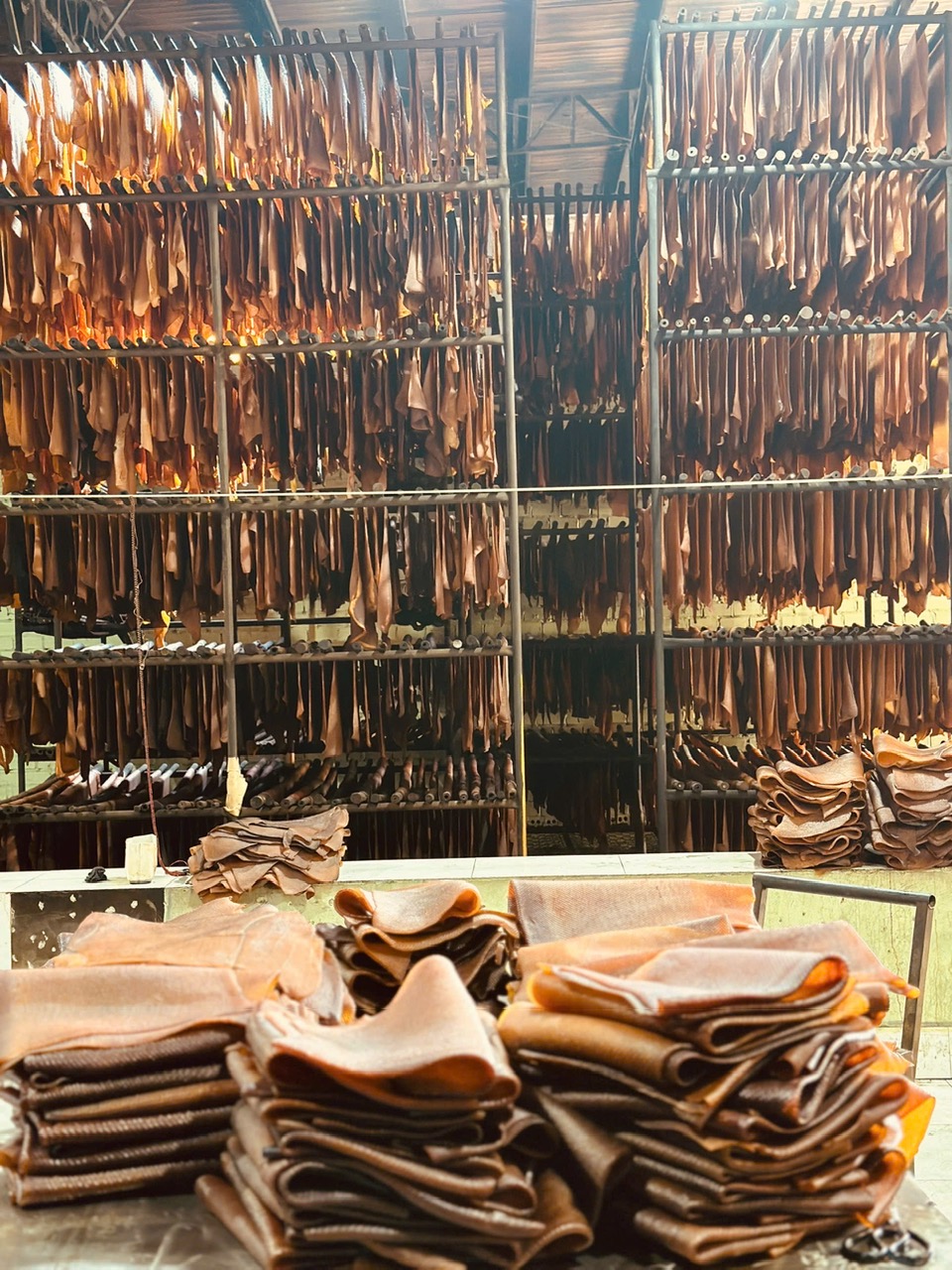Rubber Industry's Contribution to the Automotive Sector
The rubber industry plays a vital role in the automotive sector, providing materials that are essential for the performance, safety, and durability of vehicles. From tires and seals to belts and hoses, rubber is a fundamental component in nearly every aspect of vehicle manufacturing. Over the years, advancements in rubber technology have greatly enhanced the automotive industry, enabling vehicles to meet the growing demands for performance, efficiency, and sustainability. This article explores the key contributions of the rubber industry to the automotive sector.

Perhaps the most obvious and critical use of rubber in the automotive industry is in the production of tires. Tires are one of the most vital components of any vehicle, directly affecting safety, performance, and fuel efficiency. Rubber compounds used in tires are designed to provide the right balance of durability, traction, flexibility, and resistance to wear.
The development of synthetic rubber has significantly improved tire performance by offering better heat resistance and longer lifespan compared to natural rubber alone. Modern tires are also made with advanced rubber formulations that enhance fuel efficiency by reducing rolling resistance, thereby contributing to lower fuel consumption and reduced carbon emissions. Additionally, the rubber industry has contributed to the development of specialized tires for various vehicle types, including all-season, winter, and high-performance tires.
Rubber is extensively used in automotive seals and gaskets, which play a crucial role in vehicle safety, comfort, and efficiency. Seals are used in doors, windows, sunroofs, windshields, and under the hood to prevent water, dust, and air from entering the vehicle. Gaskets are critical in ensuring that engine components, such as the cylinder head and intake manifold, remain sealed to prevent fluid leaks and maintain optimal engine performance.
The rubber industry provides various types of rubber compounds for these applications, including elastomers that can withstand high temperatures, pressure, and chemical exposure. For example, EPDM (ethylene propylene diene monomer) rubber is commonly used in automotive weather seals due to its excellent resistance to aging, UV rays, and ozone. The development of high-quality seals and gaskets ensures a comfortable ride, better insulation, and improved fuel efficiency.
Another critical contribution of the rubber industry to the automotive sector is in the production of belts and hoses. Rubber belts, such as timing belts and serpentine belts, are responsible for driving essential engine components like the alternator, water pump, and air conditioning compressor. These belts need to be durable, flexible, and able to withstand high temperatures and mechanical stress.

Rubber hoses, including radiator hoses, fuel hoses, and brake lines, are equally important for the safe and efficient operation of a vehicle. They carry vital fluids like coolant, fuel, and hydraulic fluids through the vehicle, and the quality of these rubber components directly impacts engine performance and overall vehicle safety. The rubber industry continuously works to improve the materials used in these parts, ensuring they remain reliable, resistant to wear, and capable of handling harsh conditions.
In modern vehicles, comfort and noise reduction are important factors for consumer satisfaction. The rubber industry contributes significantly to reducing vibrations and noise within a vehicle through the production of various damping materials. Rubber mounts, bushings, and isolators are used in different parts of the vehicle, including the engine, suspension system, and exhaust system, to absorb vibrations and minimize noise.
These rubber components improve ride quality by reducing engine vibrations and road noise, which is especially important in luxury and electric vehicles. As the automotive industry shifts towards electric vehicles (EVs), the rubber industry has also developed innovative noise and vibration control solutions tailored to the unique needs of electric drivetrains, which tend to produce different vibrations compared to traditional internal combustion engines.
The automotive industry is under increasing pressure to reduce its environmental impact, and the rubber industry is playing an essential role in supporting this shift. For instance, tire manufacturers are focusing on the development of tires made from more sustainable materials, such as bio-based rubbers and recycled rubber, to reduce the carbon footprint of tire production.
Additionally, the rubber industry has made strides in enhancing the recyclability of rubber components. The development of tire recycling programs has allowed old tires to be repurposed for use in various applications, including playground surfaces, asphalt, and construction materials. This not only helps reduce waste but also supports the circular economy in the automotive industry.

Looking to the future, the rubber industry is poised to contribute even more to the automotive sector through innovations in smart materials. Researchers are working on developing "smart rubber" that can change its properties in response to external stimuli, such as temperature or pressure. This could lead to the development of self-healing rubber components or rubber that can improve performance in response to changing driving conditions.
Additionally, the advent of biodegradable rubber and bio-based elastomers could offer a more sustainable alternative to traditional petroleum-based rubber. These innovations align with the automotive industry's growing commitment to sustainability and environmental responsibility.